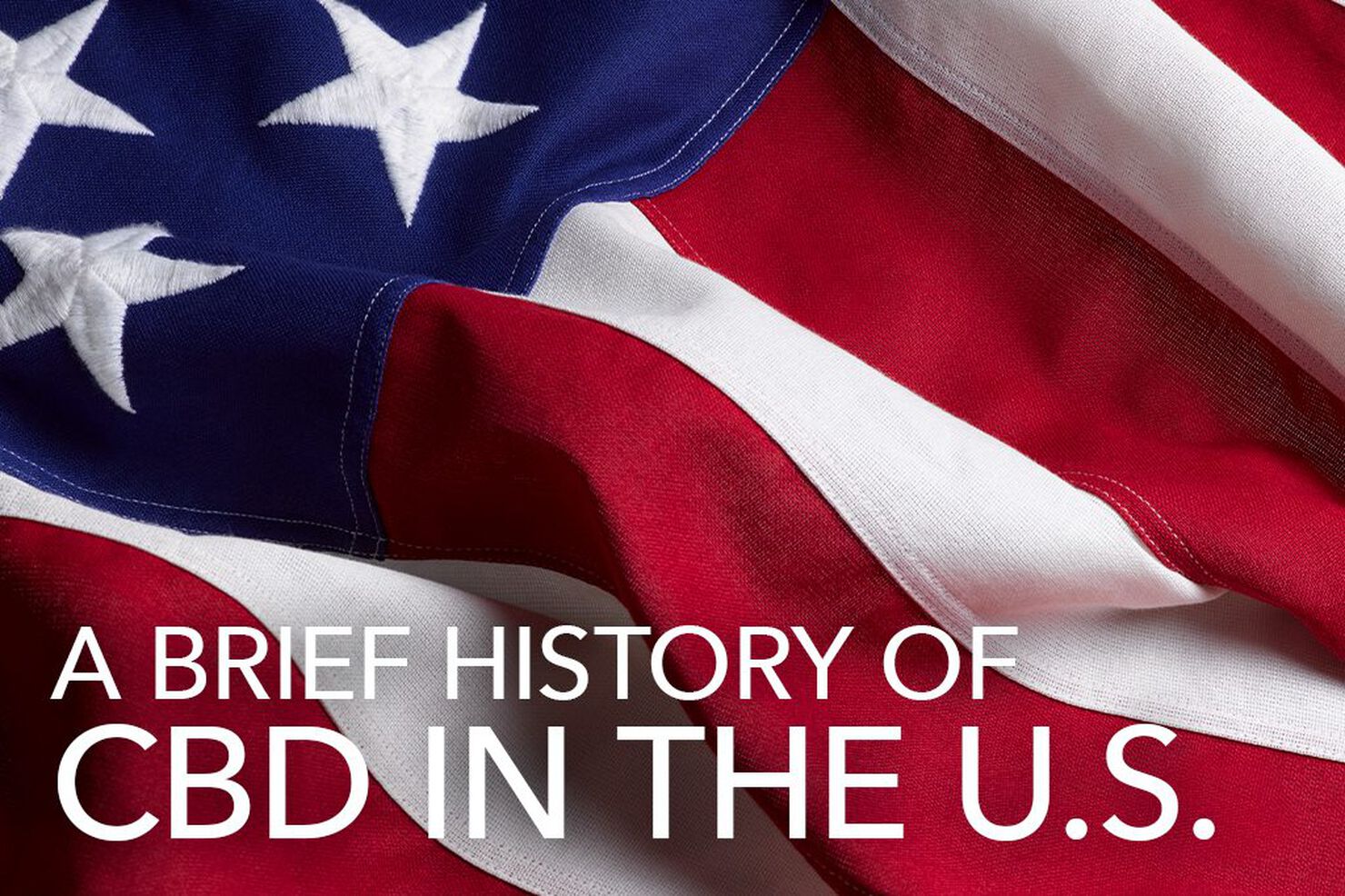Welcome!
ARE YOU OVER 21 YEARS OF AGE?
Sep 4, 2019

The history of hemp in America is a fascinating one. Despite two major crashes caused by political interference—one in the 1930s and another in the 1970s—hemp finds itself exploding in popularity across the globe.
According to a recently released EIN report, the CBD industry is expected to hit a 44.1% compound annual growth rate (CAGR) by 2024. From being relatively unknown in 2014 to being Google searched 1.5 million times per month in 2019, everyone’s favorite non-intoxicating cannabinoid is becoming a household name.
But how did we get here?
With this brief look into the history of CBD, we will guide you through the origins of CBD and hemp, how CBD became popular in the US, and what to expect for the future of this booming industry.
It’s safe to say the hemp industry is one of the oldest in the world. CBD is derived from hemp, which was used to make fabric as early as 8,000 BC. The father of ethnobotany, Dr. Richard Shultes, guessed that if cannabis wasn’t our very first domesticated plant, it certainly was one of the first. In fact, ancient Mesopotamia likely had a thriving hemp industry!
Hemp in the Americas existed well before the arrival of European colonists. Native American farmers cultivated hemp for use in rope, textiles, and many other applications. Farmers living in the American colonies adopted hemp as a staple crop that would last well into the 20th century.
Many of the Founding Fathers—Thomas Jefferson, Benjamin Franklin, George Washington, and so on—cultivated hemp. The decision to grow hemp was simple: This was a profitable, practical crop with a wide range of uses.
Rumor has it that the early drafts of the Declaration of Independence were written on hemp paper. This, unfortunately, is an urban legend.
American industrial hemp farming suffered a catastrophic blow in 1937 with the passage of the Marijuana Tax Act. The Marijuana Tax Act sought to curtail the production of intoxicating strains of cannabis—of which hemp is most certainly not—and placed a significant tax on the production of hemp.
This tax, in tandem with the development of new synthetic fibers, negatively impacted the hemp industry in the United States.
Dr. Roger Adams first isolated CBD from hemp in 1940. In subsequent years, researchers performed several comparative studies in animals to show the different behavioral effects of THC, CBD, and CBN.
It was around this time that Haagen-Smith et al. discovered something surprising. Unlike THC, they found that CBD is non-intoxicating and doesn’t cause the same “high” associated with cannabis use.
Industrial hemp production enjoyed a brief resurgence during WWII. The outbreak of the Second World War saw the U.S. government put out a call for hemp for use in rope, clothing, and other industrial applications.
Despite the impressive scope of hemp production (over 40,000 tons annually), the American hemp industry nearly collapsed after the war.
While the discovery of CBD this fact intrigued researchers and they spent the last decades researching the molecule, public interest in CBD remained low. It was under the Controlled Substances Act of 1970 that cannabis would find itself named a Schedule I drug. That is until the 2014 Farm Bill was signed into effect.
On January 27th, 2014, President Barack Obama signed into law the newest US Farm Bill. The 2018 Farm Bill included a short section that established a distinction between industrial hemp and intoxicating forms of marijuana (which remains a controlled substance). According to Section 7606, industrial hemp is defined as any cannabis plant with THC levels of 0.3% or less.
State legislation soon followed the Farm Bill’s lead, making it easier for scientists to research the benefits of CBD.
And research they did.
The National Institution of Health went from almost no funding for CBD research in 2014 to funding an estimated $16 million worth of CBD research in 2018. As the research articles began to produce results, the bottom line became more and more clear: CBD products are healthy, safe, and can be enjoyed by nearly everyone.
Today, hemp is a cash crop that produces CBD oil products for widespread consumer use.